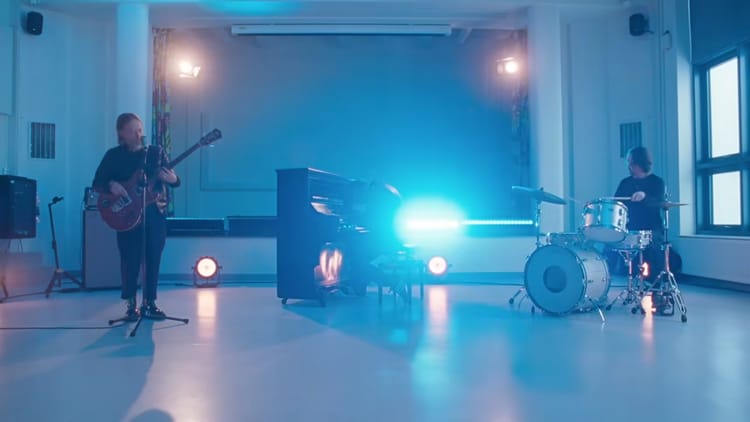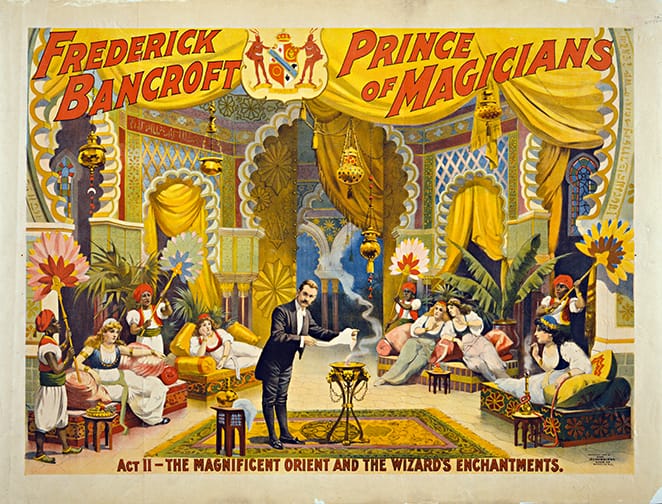How Do You Live?

How do you live? This is the question posed by the Japanese title of Hayao Miyazaki’s newest film. Released in the United States as the undeniably less evocative The Boy and the Heron, the story does concern itself in some way with that ambiguous question–and, by the end, the more pressing question of why we live. Why go on in a world so consumed by violence and pain? What if there were an alternative? And what if you alone were chosen to make the journey to that mysterious other place?
In The Boy and the Heron, that journey is undertaken by Mahito, an adolescent boy living in World War II-era Japan. In the opening moments, his mother is killed by firebombing; whisked some time into the future, we find Mahito moving to a rural outpost where his father will work in an airplane factory (the manufacture of aircraft being a familiar fixation for Miyazaki after his most recent feature, 2013’s The Wind Rises) while Mahito is doted on by a gaggle of elderly maids any time he’s not being ostracized at his new school.
Already, there are shades of My Neighbor Totoro, one of Miyazaki’s many masterworks, and a film that similarly deals with an arrival in a new home, and the mystical realm lying outside the door. The magical creature Mahito encounters isn’t quite as adorable as Totoro, though. Rather, we have a grotesque gray heron that menaces Mahito in increasingly vocal terms, providing the call to adventure that this hero’s journey requires. Soon, Mahito is traveling through an ominous tunnel into an alternate world of enchantments–the parallels to Spirited Away couldn’t be clearer, but again, the enchantment we encounter isn’t quite what even the eclectic work of Miyazaki might lead one to expect.
The Boy and the Heron is concerned with primal themes (the urge to travel beyond the veil and bring someone back) and mythic structures (this trip to the underworld involves a command not to look back, which rings a bell). By the time the story’s many layers of plot history and lore have unfolded, one might feel Miyazaki has attempted a sort of uber-myth–and an uber-Miyazaki movie, as this one contains traces of those mentioned already, as well as Howl’s Moving Castle (another story of dark magic set against a backdrop of wartime) and Princess Mononoke (there’s a creature introduced here that rivals that film’s kodama for eerie adorability), not to mention swoon-worthy watercolor backdrops that rival those found in Ponyo.
Yet for as mythic as its bones might be, The Boy and the Heron is surprisingly unintuitive. This is a dense film, and one that expects us to keep up with a steady stream of both wonderment and narrative information. Following this story is a big task on first watch, and while repeat viewings will doubtless unlock its intricacies, one would think a fairy tale should be easier to grasp on a first glance.
To quibble with the storytelling in a new Miyazaki film, though, is to ignore more genuine wonderment than that provided by any film in recent memory. Even the most banal frames are captivating simply by virtue of being hand-drawn, now such a rarity that a simple background character becomes something worth luxuriating in. Meanwhile, Miyazaki’s unrivaled imagination gives us everything from hordes of menacing parakeets (you’ll never look at them the same way) to spectral riverboatmen (there’s that mega-mythmaking again) to the heron himself, a beast operating on rules too grotesque to detail here.
And in the midst of it all is Mahito, an everychild, and so a prime candidate for a hero’s journey. If his feels a bit too cluttered with plot to hit the primal chords the best hero’s journeys do, any Miyazaki film–even one that falls somewhere behind his most towering achievements–is something to treasure.
The Boy and the Heron is playing now in New York and LA, and everywhere on December 8.




